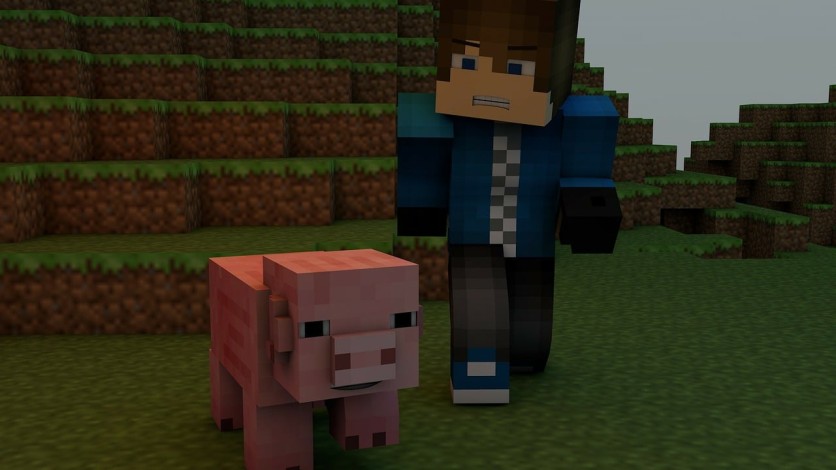GPT-4, the latest AI model developed by researchers, has showcased its exceptional expertise in playing Minecraft.
The AI bot, known as Voyager, has demonstrated remarkable abilities to navigate and enhance its skills within the immersive Minecraft universe, according to a report by TechCrunch.
Unlike conventional bots, Voyager has accomplished this feat by essentially crafting its own code through a process of trial and error, heavily relying on GPT-4 queries.
Voyager represents an "embodied agent," an AI entity capable of purposeful movement and action within simulated or real environments.
While other AI systems, such as personal assistants and chatbots, do not require physical interaction, the potential for household robots necessitates research into their ability to navigate and accomplish tasks in complex surroundings.

Minecraft as an Ideal Testing Ground
Minecraft serves as an ideal testing ground due to its approximation of the real world, incorporating simple yet intricate rules and physics. To facilitate AI learning, MineDojo, a simulation framework, was developed around Minecraft.
The framework provides an array of resources, including YouTube videos, transcripts, wiki articles, and community discussions from platforms like Reddit's r/minecraft. By leveraging this diverse dataset, users can create and fine-tune AI models.
Additionally, the framework enables objective evaluation of AI performance, such as assessing the ability to construct a fence around a llama or locate and mine a diamond.
Voyager has displayed exceptional proficiency in these tasks, surpassing its closest rival, Auto-GPT. Both models adopt a similar approach, utilizing GPT-4 to generate code autonomously as they progress.
Traditionally, training a model with Minecraft data would entail hoping that it would eventually learn to combat skeletons when night falls. However, Voyager follows a different path. It begins with limited knowledge and engages in an internal dialogue with GPT-4 when encountering various in-game elements.
For example, when confronted with skeletons, Voyager ponders the actions of a skilled player in similar situations. GPT-4 advises equipping a sword and strategically engaging the skeleton while avoiding injury.
This abstract understanding is translated into concrete goals: gathering stone and wood, crafting a sword at the crafting table, equipping it, and engaging in combat with the skeleton.
Once Voyager completes these tasks, they are incorporated into a general skill library. This allows the AI to access previously learned skills when faced with new challenges, such as venturing into a cave to find iron ore.
GPT's Guidance
Although GPT-3.5 is employed for these subsequent tasks due to its efficiency, Voyager still benefits from GPT's guidance on the most relevant skills for specific situations, ensuring it doesn't mistakenly mine the skeleton or fight the ore.
While Voyager shares similarities with Auto-GPT, which learns to navigate unfamiliar interfaces to achieve objectives, Minecraft presents a deeper environment that demands specialized agents like Voyager.
In comparison to other bots, Voyager excels in discovering resources, acquiring new skills, and exploring extensive areas within the game.
Notably, GPT-4 outshines GPT-3.5 (ChatGPT) when it comes to generating useful code. In a test where GPT-4 was replaced with GPT-3.5, the agent encountered early obstacles and failed to progress. This discrepancy highlights the significant advancements in coding capabilities offered by GPT-4.
The primary goal of the research is to empower modest AI models to improve their capabilities through experiential learning and effectively utilize that knowledge in future endeavors.
The objective is not to make Minecraft players irrelevant but rather to lay the foundation for robots capable of assisting us in diverse environments, including homes, hospitals, and offices, by efficiently acquiring and applying knowledge.
Related Article : Best Pokemon Mods For Minecraft That Every Trainer Should Try

ⓒ 2025 TECHTIMES.com All rights reserved. Do not reproduce without permission.




